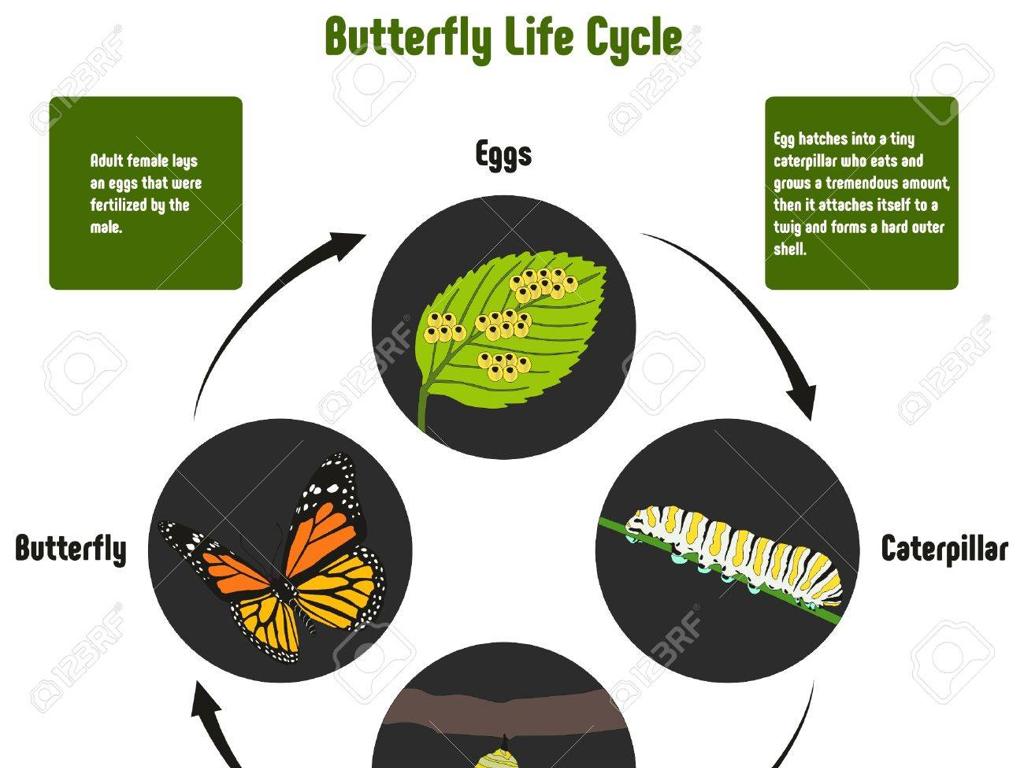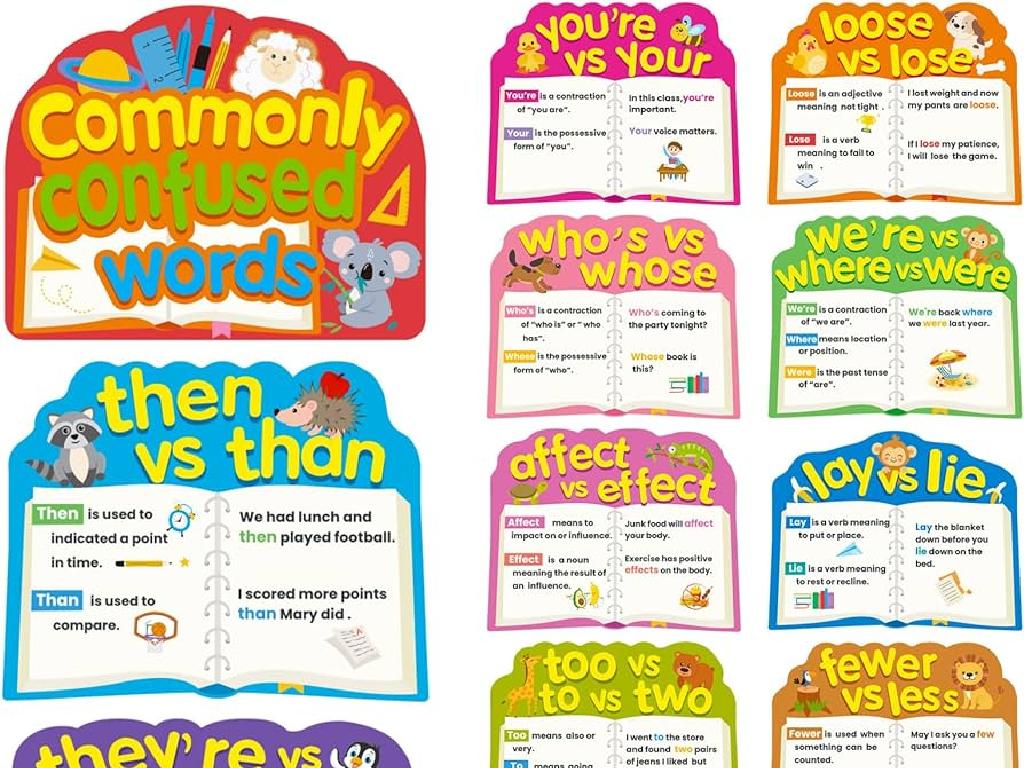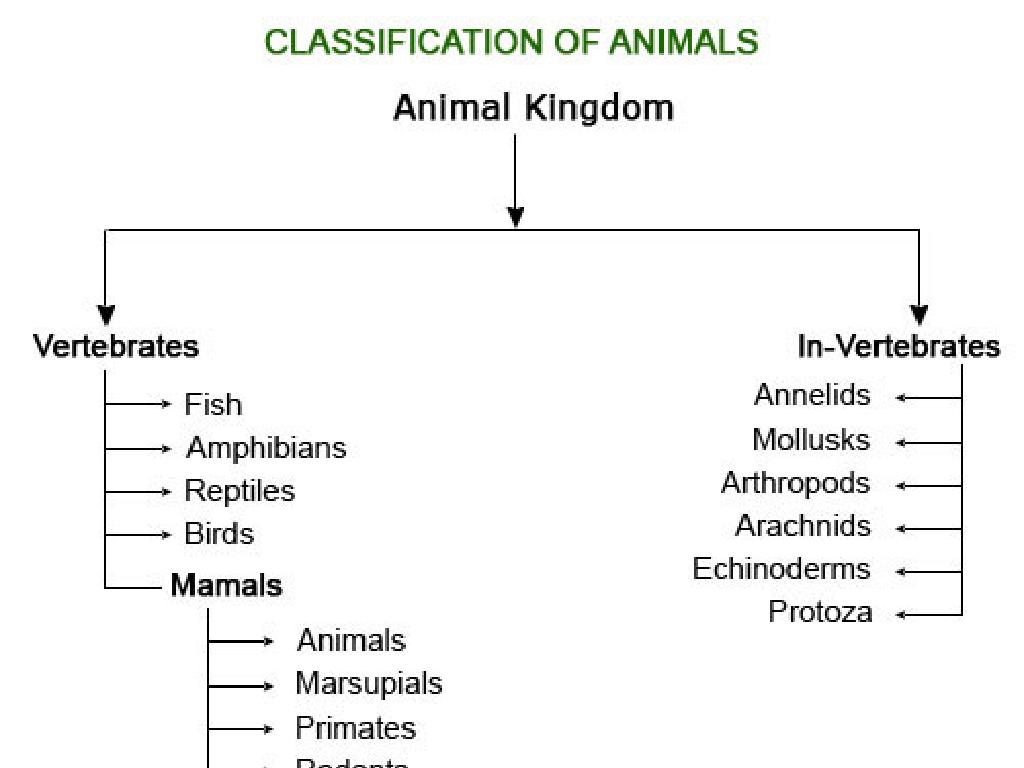Summarize A Story
Subject: Language arts
Grade: Fifth grade
Topic: Summarizing
Please LOG IN to download the presentation. Access is available to registered users only.
View More Content
Welcome to Summarizing!
– Summarizing: What is it?
– It means telling a story in a short way, using your own words.
– Importance of summarizing
– Helps us remember stories and share with others quickly.
– Today’s goal: Summarize a story
– We’ll learn steps to take a long story and make it short and sweet.
|
This slide introduces the concept of summarizing to the students. Summarizing is the process of condensing a story or information into a shorter version, capturing only the main points. It’s an essential skill that aids in comprehension, retention, and communication. By learning to summarize, students can better understand and recall what they’ve read, as well as communicate the essence of the story to others effectively. Today’s goal is to equip students with the ability to summarize a story efficiently. The lesson will cover the key elements of a story to focus on when summarizing and provide strategies for distilling these elements into a concise summary. Encourage students to think about the last story they read and what the main points were, as a starting point for understanding summarization.
Key Elements of a Story
– Identify the story’s characters
– Who are the main and supporting characters?
– Understand the story’s setting
– Where and when is the story set?
– Outline the story’s plot
– What are the main events that take place?
– Recognize the story’s conflict
– What challenges or problems arise?
– Discover the story’s resolution
– How are the conflicts resolved at the end?
|
When summarizing a story, it’s crucial to focus on these five key elements. Characters are the people or animals in the story. The setting provides the backdrop and context. The plot is the sequence of events that make up the story. Conflict is the main challenge that characters need to overcome, and the resolution is how everything wraps up. Encourage students to think of these elements as parts of a puzzle that come together to tell the whole story. As an activity, students can pick their favorite story and create a summary using these five elements, which they can share with the class in the next session.
Crafting a Story Summary
– Highlight the main ideas
– What are the central themes or messages?
– Concentrate on key details
– Which details are crucial to the plot?
– Keep summaries brief and concise
– Aim for a summary that’s short but comprehensive.
– Avoid personal opinions
– Present the author’s perspective, not your own.
|
When teaching students to summarize a story, emphasize the importance of distilling the narrative down to its most essential elements. Main ideas are the backbone of the summary, and key details support these ideas without overloading the reader with information. Encourage students to be succinct, capturing the essence of the story in as few words as possible. Remind them that a summary is a neutral retelling and should not include their personal opinions or interpretations. Use examples from familiar stories to illustrate these points, and consider having students practice by summarizing a short story or chapter as a class activity.
How to Write a Summary
– Carefully read the entire story
– Find main points and key details
– Look for the who, what, when, where, and why
– Write summary using your own words
– Keep it brief but capture the story’s essence
– Revise for clarity and accuracy
– Check if your summary reflects the story without personal opinions
|
This slide aims to guide students through the process of summarizing a story. Start by reading the story with attention to understand the plot and characters. Encourage students to identify the main points and key details that are crucial to the story’s structure. They should then write a summary in their own words, which helps to internalize the story and ensures they’ve understood it. Finally, revising the summary is key to making sure it’s clear, accurate, and free of personal interpretations. During revision, students should check for the inclusion of all important elements of the story and remove any unnecessary details. The goal is to create a concise and coherent summary that conveys the essence of the story.
Summarizing a Story: Class Activity
– Read a story as a class
– Find the story’s main elements
– Who, What, When, Where, Why, and How
– Collaborate on a summary
– Decide what’s important to include
– Write our summary on the board
|
This slide introduces a class activity focused on summarizing a story. Begin by reading a selected story aloud to the class, ensuring that all students are engaged and following along. After reading, facilitate a discussion to identify the main elements of the story, such as characters, setting, plot, conflict, and resolution, using the 5 Ws and 1 H (Who, What, When, Where, Why, and How). Then, as a class, work together to distill these elements into a concise summary. Guide the students in determining which details are essential to the story and which can be left out. Finally, write the summary on the board with the class’s input, demonstrating how to synthesize information effectively. This activity will help students practice critical thinking and improve their ability to identify key points in a narrative.
Practice Time: Summarizing a Story
– Pair up with a classmate
– Read the assigned short story
– Discuss and note the main points
– Identify characters, setting, problem, and solution
– Collaboratively write a summary
– Combine your notes into a brief retelling
|
This activity is designed to reinforce the students’ understanding of summarizing a story. Have them choose a partner to foster collaboration. Provide a selection of short stories suitable for their reading level. After reading, guide them to discuss the story and identify the key elements: characters, setting, conflict, and resolution. Encourage them to write down these main points as they will form the basis of their summary. Finally, they should work together to write a concise summary, incorporating all the main points in a coherent and sequential manner. This exercise will help them practice distilling information and improve their ability to focus on the essential elements of a story.
Share Your Summaries
– Pairs present their summaries
– Discuss the strengths of summaries
– Highlight key points and main ideas captured
– Offer constructive feedback
– Suggest ways to make the summary clearer or more concise
– Reflect on the summarizing process
– Think about what strategies helped you summarize
|
This slide is designed for a class activity where students will engage in presenting and evaluating the summaries they have created. Each pair of students will take turns to present their summary of a story to the class. The class will then discuss what aspects of the summary captured the essence of the story effectively. It’s important to foster a positive environment where students feel comfortable offering and receiving constructive feedback. Encourage them to think about how they can improve their summaries, focusing on clarity, conciseness, and capturing the main ideas. The teacher should guide the discussion, ensuring that feedback is specific and helpful, and also encourage students to reflect on the strategies they used to create their summaries. This activity aims to develop students’ summarizing skills as well as their ability to give and receive feedback.
Class Activity: Summarize a Story
– Pick a story from the reading corner
– Take 15 minutes to read
– Write a short summary
– Include characters, setting, problem, and solution
– Share your summary with the class
|
This activity is designed to enhance students’ comprehension and summarization skills. Provide a variety of books in the reading corner to cater to different interests. Students should focus on identifying the main elements of the story: characters, setting, problem, and solution. Encourage them to write a summary that is concise and captures the essence of the story without giving away too much detail. After the 15 minutes, each student will have the opportunity to present their summary to the class. This will not only help them with their public speaking skills but also allow them to hear different perspectives on the same story. Possible variations of the activity could include working in pairs, creating a storyboard, or drawing their favorite scene from the story.
Conclusion & Homework: Mastering Summarization
– Summarizing sharpens comprehension
– Regular practice improves skills
– Summarize a book chapter for homework
– Choose any chapter that you enjoy
– Share your summaries in the next class
– Be ready to discuss what you’ve written
|
As we wrap up our lesson on summarizing, it’s important to emphasize to students that the ability to summarize text is crucial for understanding and retaining information. Encourage them that practice is key to becoming proficient. For homework, they should select a chapter from a book they love and write a brief summary. This exercise will help them apply the summarizing techniques learned in class. In the next session, students will have the opportunity to present their summaries, which will help reinforce their skills and boost their confidence. Provide a rubric for what a good summary should include, such as main ideas, key details, and the chapter’s overall theme or message.






